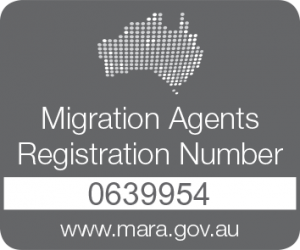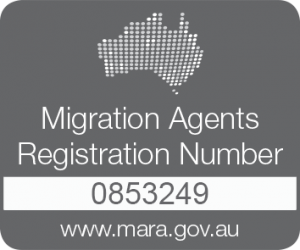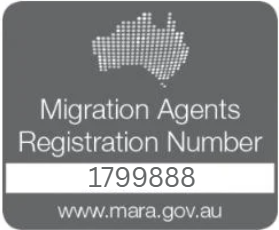Subclass 186 (ENS) – July 1st 2017 – changes to the occupation lists
Subclass 186 (ENS) – July 1st 2017 – changes to the occupation lists
Occupation Lists
There are two occupation lists for Subclass 186 (ENS) applications:
Medium and Long- Term Strategic Skills Lists (MLTSSL)
Short-Term Skilled Occupation List
Please find a link below to these two lists (combined):
These lists can be used until March 2018 for Direct Entry ENS and Temporary Transition Stream ENS
Caveats:
The caveats were introduced for certain occupations back in April 2017 but these were only applicable to 457 visa applications previously. However, for Subclass 186 Direct Entry, if the nominated occupation has a caveat requirement, then this must be met also – this is applicable for applications lodged on or after 1 July 2017
Age:
The age requirement at time of application for 186 Direct Entry applicants is now under 45 years of age (was previously 50). This is applicable for all applications lodged on or after 1 July 2017.
There are some exemptions.
Exemptions are now available to applicants who are either:
- nominated as a senior academic by a university in Australia
- nominated as a scientist, researcher or technical specialist by an Australian government scientific agency, including State and Territory government scientific agencies
- New Zealand citizens and non-New Zealand members of the family unit of New Zealand citizens:
- who hold Subclass 444 or 461 visas who have been working for their nominating employer in their nominated occupation for at least two years (excluding any periods of unpaid leave) in the last three years immediately before making their visa application; or
- nominated as a medical practitioner (ANZSCO Minor Group 253):
- who have been working for their nominated occupation as the holder of a Subclass 422 visa for at least the four years immediately before applying, this employment was located in regional Australia for at least two of these years, and whose nominated position is located in regional Australia
- who have been working for their nominating employer as the holder of a Subclass 422 visa before becoming a holder of a Subclass 457 visa in the four years immediately before applying, this employment was located in regional Australia for at least two of these years, and whose nominated position is located in regional Australia.
- New Zealand citizens and non-New Zealand members of the family unit of New Zealand citizens:
The age requirement for ENS Temporary Residence Transition Stream still remains at under 50 at time of application until March 2018 when it will also drop down to under 45 years of age in line with Direct Entry.
English language requirements
The English language requirement for applicants lodging a subclass 186 application, Temporary Residence Transition Stream after 1 July 2017 have increased to 6 in each component of IELTS or an equivalent test (competent English).
The English language skills exemption has been removed for ENS for those who have nominated earnings at least equivalent to the current ATO top income threshold ($180,001). This applies to all applications including those lodged prior to 1 July 2017.
Skill Exemption
The exemption from a skill assessment for applications made under the Direct Entry stream for ENS has been removed for those who have nominated earnings at least equivalent to the ATO top individual income tax rate (AUF$180,001). This applies to all applications, including those already lodged that have not been determined. We will contact our clients individually who have been affected by this change and have applications still being processed.
Genuine need – this will be an interesting one!
From 1 July 2017, all ENS TRTS and DE stream nominations must provide evidence of “genuine need” for the person to work in the nominated occupation. This is understandable for those applicants applying via DE stream who have never worked for the sponsoring employer, but it will be interesting to see how they assess “genuine need” in the TRTS stream when those applicants have already been working in the sponsored role as the holder of a 457 visa for two years (3 years after March 2018)
Please contact our office should you have any queries about the above.





